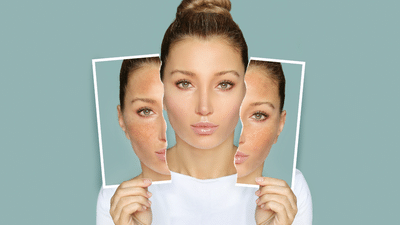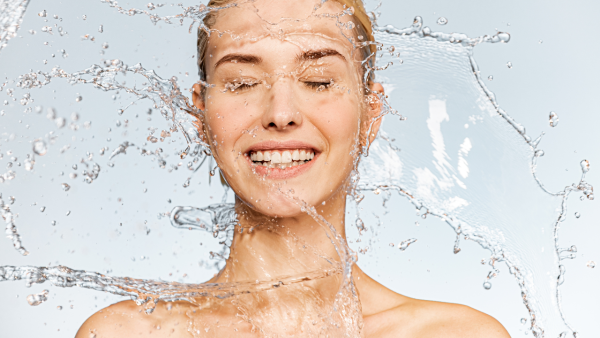
A glass of water seems simple, but for the skin, it is the foundation of health. The human body is made up of nearly 60 per cent water, and every cell, including those in the skin, depends on it to function. When the body receives less than it needs, the skin is among the first to show it. The glow fades, the texture shifts, and subtle imbalances begin to appear.
The skin’s natural barrier starts to weaken
The outer layer of the skin, called the stratum corneum, acts as a barrier that locks in moisture and keeps irritants out. Without enough hydration, this barrier becomes fragile. A found that dehydration reduces the skin’s elasticity and makes it more prone to flaking and irritation. When this barrier weakens, pollutants and allergens can more easily enter the skin, causing inflammation or sensitivity.
The complexion turns dull and uneven
Healthy skin reflects light well because it’s smooth and hydrated. But when internal water levels drop, the skin surface loses its ability to reflect light evenly. Dermatologists describe dehydrated skin as looking “tired” or “shadowed.” shows that hydration affects optical properties of the skin, essentially how light bounces off the surface. This explains why a well-hydrated face looks brighter even without makeup.

Fine lines and wrinkles appear more noticeable
Dehydration doesn’t directly cause wrinkles, but it makes them more visible. When skin cells lack moisture, they shrink slightly, emphasising existing lines. A observed that participants who increased their water intake showed measurable improvements in skin hydration and surface smoothness. Water may not erase wrinkles, but it supports the skin’s ability to remain plump and resilient.
The skin may produce more oil than usual
Ironically, when the body is low on water, the skin sometimes compensates by producing more sebum. This can create a greasy surface while the deeper layers remain dry. The imbalance leads to clogged pores or breakouts. Dermatologists refer to this as “dehydrated but oily” skin, a condition where the skin’s barrier signals for more oil because it mistakes dryness for lack of protection.
Inflammation and redness can intensify
When cells are dehydrated, inflammatory pathways become more active. A highlighted that systemic dehydration increases oxidative stress, which contributes to skin inflammation. This can worsen conditions such as eczema, rosacea, or acne. The skin’s natural healing process also slows, making blemishes or redness linger longer than usual.

Circulation slows, affecting the skin tone
Adequate hydration supports healthy blood flow. When the body’s fluid balance drops, microcirculation in the skin’s capillaries decreases. Less oxygen and fewer nutrients reach the surface, which can lead to a pale or uneven tone. Some dermatologists even note a subtle bluish tint under the eyes when hydration is consistently low, caused by sluggish blood flow in the delicate vessels there.
A small step that goes a long way
Water alone is not a miracle cure for the skin, but it is one of the simplest and most reliable supports for its natural functions. Combined with a balanced diet, adequate sleep, and sun protection, hydration helps maintain a smoother texture and healthier tone.
Disclaimer: This article is for general informational purposes and should not be taken as medical advice. Individuals with persistent skin problems or hydration issues should consult a certified dermatologist or healthcare professional.


